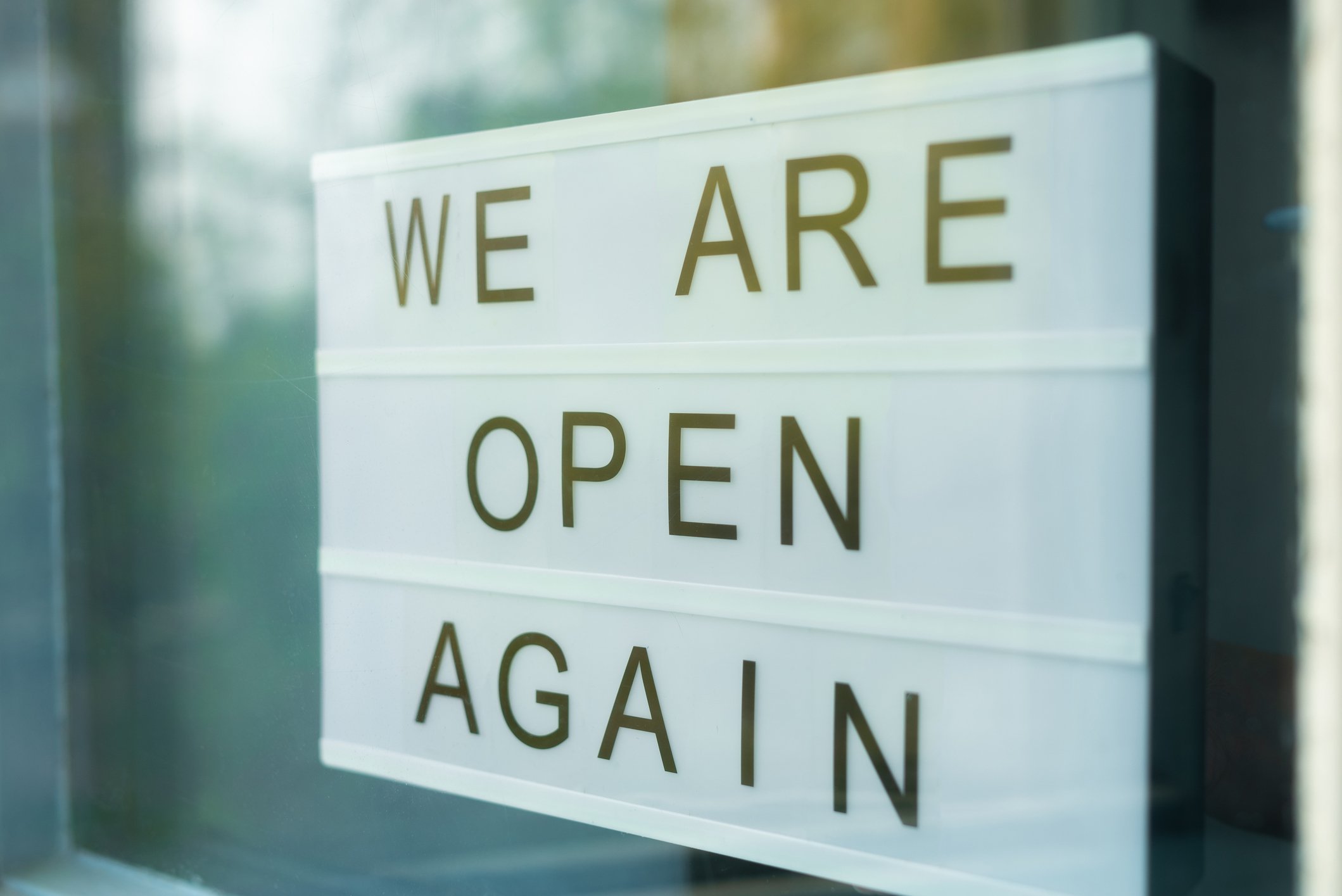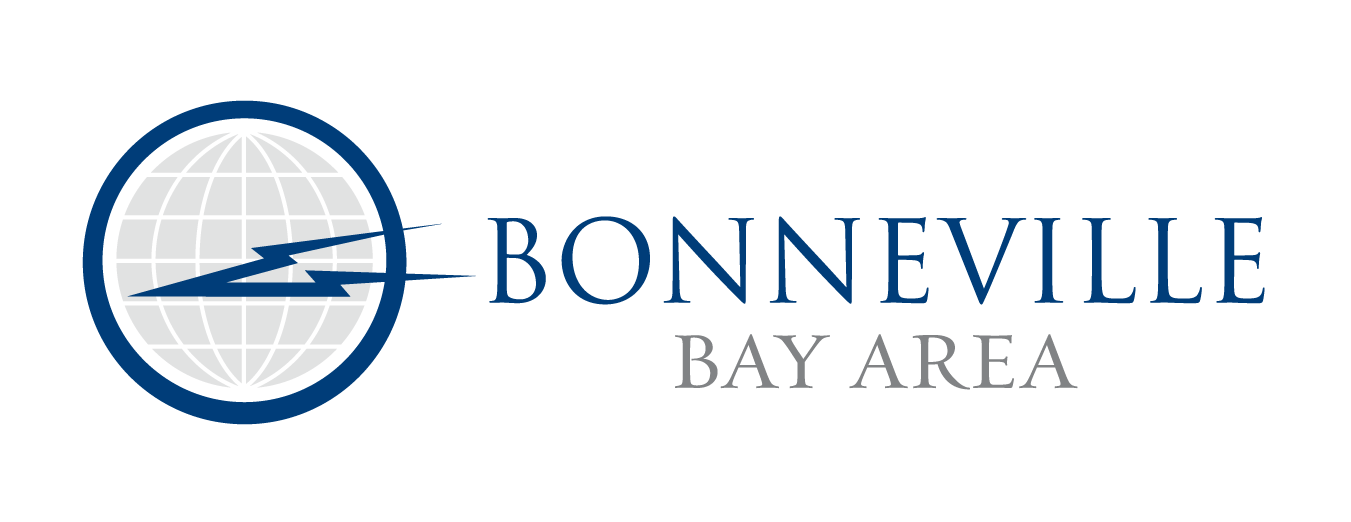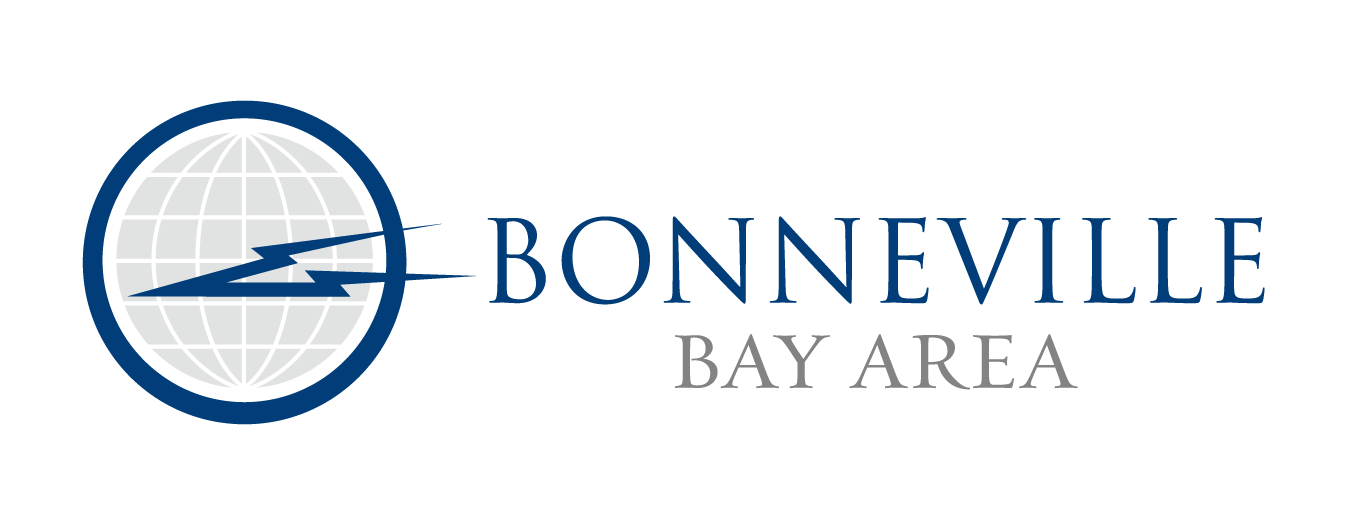 The COVID-19 pandemic introduced a major lull in the marketplace. However, as restrictions lift, pent-up demand is permeating throughout most industry sectors. While this is undeniably a positive development, it comes with certain challenges that businesses must successfully meet to regain momentum and consumer trust.
The COVID-19 pandemic introduced a major lull in the marketplace. However, as restrictions lift, pent-up demand is permeating throughout most industry sectors. While this is undeniably a positive development, it comes with certain challenges that businesses must successfully meet to regain momentum and consumer trust.
Take the example of a hair salon that reopens to overwhelming customer demand. After all, most people have not been able to get a professional haircut in several weeks. Barbers and stylists at the salon will have to deal with an influx of business while juggling social distancing guidelines and best practices for health and safety. Mishandling of the situation could result in the business suffering as a whole. Fines for social distancing run as high as $1,000. There is also the risk of lawsuits.
Consider the restaurant industry. A popular watering hole may reopen to huge lines. The sudden increase in demand is a good thing for business, but some customers may become annoyed at the extended wait times. If the restaurant manager does nothing to address these and related issues, then the business may receive bad reviews and eventually suffer a tarnished reputation.
One of the primary means of managing high consumer demand after your business reopens is a solid communications plan. Your communication plan should include the following three key aspects: setting appropriate expectations, communicating the “why,” and staying positive.
Set Appropriate Expectations
Customer satisfaction begins and ends with expectations. If customers find that their expectations are fulfilled, then they will likely give a company repeat business. If their expectations are not met, then they will probably decide to go to a competitor instead. Since a business's advertising strategy plays a huge role in setting customer expectations, you need to ensure that your ad creative aligns with the reality of the situation.
For instance, let's go back to the example of the restaurant. If the restaurant is flooded suddenly with customers, then fast seating may not be feasible for the majority of patrons. In such a scenario, ad creative should not emphasize short wait times. Instead, the restaurant should prepare customers for extended wait times. For example, businesses could encourage customers to “come a little early” or “call ahead for a reservation.”
Also, many businesses are putting signs in their windows or right when you walk in to communicate what is appropriate and expected of customers if they enter; like wearing masks, getting their temperature taken, and making sure they are staying six feet away from other patrons.
Establishing appropriate expectations may dampen demand slightly. However, this is far better than alienating your entire consumer base with bad service.
Communicate the "Why"
It's human nature that we want to know more than the "what" of a decision — we want to know the "why" as well. When a brand clearly communicates the "why" of a particular policy, customers are much more likely to accept and even support that company's process.
Because of social distancing guidelines, some establishments in the restaurant industry may be required to limit the number of guests that can enter or be seated at one time. Other businesses may only offer take-out or delivery services for the time being. Whatever the case may be, companies that make it clear these restrictions are for the safety of both their staff and customers, businesses will undoubtedly experience higher customer retention rates than competitors who "lay down the law" to their clients without explanation.
Stay Positive
It’s vital that you set appropriate expectations and communicate the "why" in your advertising campaigns. At the same time, you want to keep a positive tone throughout your messaging. You would never want to imply that your services will somehow be inferior compared to what they were pre-coronavirus. On the contrary, you should adopt the perspective that high demand is a positive development. The quirks and inconveniences that go along with it are necessary but ultimately meaningless bumps along the way.
Again, the restaurant industry provides an instructive illustration of this concept. Ad creative may focus on the relief that many patrons feel because their favorite spots are reopening, or the safety guidelines in place that will ensure guests remain safe as they enjoy a night on the town. Also, marketing may incorporate a plea for patience and understanding on the part of customers. Such positive yet realistic advertising will attract customers without compromising the integrity of your business strategy.
Managing High Demand Through Effective Communication
As the above information demonstrates, there is a definite way forward for companies that are dealing with high consumer demand as their businesses reopen. Like the restaurant scenario, make sure you implement the following suggestions:
-
Set appropriate expectations by generating realistic advertising
-
Communicate the "why" of a situation in clear and easy-to-understand terms
-
Stay positive in your communications
By following through on these points, you'll position your brand to achieve high customer satisfaction as consumer behavior slowly returns to normal. Your company will enjoy continued growth in the weeks and months to come.




